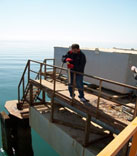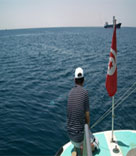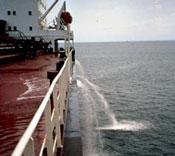SHIP BALLAST WATER MANAGEMENT STUDY APPLIED TO INTRODUCED SPECIES
Client : Oceanographic Institute of Tunisia (INSTM)
Date : 2009 - 2011
With the intensification of maritime traffic and the exponential evolution of the volumes of trade across the seas and oceans, the world fleet is increasingly important from a tonnage point of view. Sea freight is still forced to use ballast or ballast to stabilize navigation in the absence of cargo. This ballast is none other than large volumes of water, which may contain marine organisms, such as bacteria, planktonic species, small invertebrates as well as spores, eggs and larvae of large species; these volumes of water are constantly replenished and pushed back through the ports and the corridors of world navigation. The Tunisian coasts are not immune to this problem, with the risk of species introductions and various proliferations.
The objective of this project is:
- Quantification of the problem in Tunisia;
- The definition of a national strategy and an action plan to better control the introduction of exotic species;
- Participation in international reflection on the subject (within the framework of the Global Ballast Water Management Program and the Mediterranean Action Plan).


